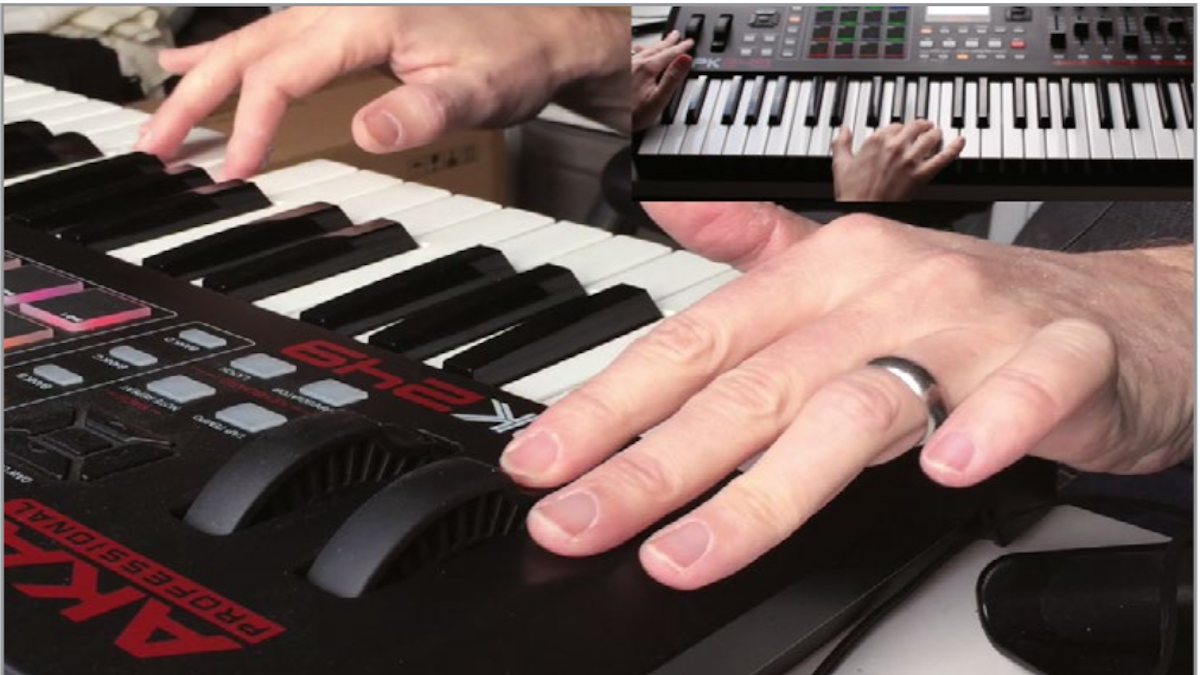Play Like a Pro: Perfect your pitchbend
Take control over your pitchbend to play like Stevie Wonder
KEYS WEEK 2023: In this Play Like A Pro series, we highlight some of the best techniques to help make you a better keyboard and digital piano player. Here we look at making the most of the pitchbend wheel.
Most synth and digital piano presets are programmed so that your pitchbend control bends the pitch of the notes, but often the amount of bend applied at full stretch needs to be adjusted. To do this, you'll need to set the synth’s pitchbend range. In the video above, we set ours to +2 / -12 semitones.
Now if you play a note and move the pitchbend wheel to its fullest extent either way, the pitch of the note will shift up two semitones or down by 12. Hold down a C and bend the pitch up by moving the wheel fully upwards. We’re now playing a D, two semitones higher. Bending it all the way down, however, produces a low C.
Now you can incorporate bends and manual vibrato into your leads and basslines. So, for a Stevie Wonder-style Moog synth bassline in the key of E minor, you can apply upward bends to the third, fourth and seventh degrees (G, A and D). You can also do a full 12-semitone downward bend to achieve octave slides, like we’ve done on the A note in the video.
A manual vibrato effect can be achieved by holding a note and rapidly flicking or tapping the pitchbend wheel just enough to change the pitch slightly, like how a guitarist applies vibrato to a note by wiggling the string back and forth. Finally, we’ve applied this to the long G note at the start of bar 2 of our bassline riff.

Looking for more great keyboard gear and technique? Get all our reviews, news, features, tutorials, tips and more at our Keys Week 2023 hub page.
Get the MusicRadar Newsletter
Want all the hottest music and gear news, reviews, deals, features and more, direct to your inbox? Sign up here.
"Despite its size, it delivers impressive audio quality and premium functions as well as featuring a good selection of inspired sounds": Roland GO:Piano 88PX review
MusicRadar deals of the week: Enjoy a mind-blowing $600 off a full-fat Gibson Les Paul, £500 off Kirk Hammett's Epiphone Greeny, and so much more









